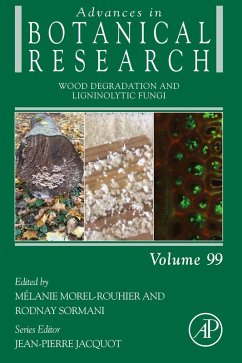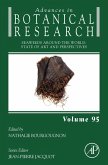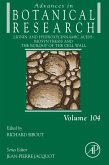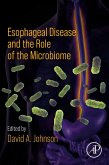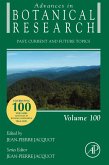Wood Degradation and Ligninolytic Fungi, Volume 99 summarizes current knowledge on wood degradation by fungi. Chapters in this new release include Intracellular detoxification strategies of lignolytic fungi, Cell signaling during wood degradation, Evolution of ligninolytic systems in fungi, Diversity and distribution of lignolytic fungi, Fungal catalysts for lignin valorization: applied aspects, Expression of fungal lignocellulolytic genes in the environment, Wood degradation in grapevine disease, Imaging wood degradation, Lignin degradation by ascomycetes, and more.
The increasing interest for wood decaying fungi over the past few years has sparked great potential for their use in biomass valorization, their important function in global carbon cycle, and for the damages they can cause on wood materials, hence this new release includes updates on these and related topics.
The increasing interest for wood decaying fungi over the past few years has sparked great potential for their use in biomass valorization, their important function in global carbon cycle, and for the damages they can cause on wood materials, hence this new release includes updates on these and related topics.
- Based on recent research and genomic data
- Presents the multidisciplinary aspects of wood degradation
- Deals with regulation and adaptation of fungi in the complex environment of wood
Dieser Download kann aus rechtlichen Gründen nur mit Rechnungsadresse in A, B, BG, CY, CZ, D, DK, EW, E, FIN, F, GR, HR, H, IRL, I, LT, L, LR, M, NL, PL, P, R, S, SLO, SK ausgeliefert werden.

